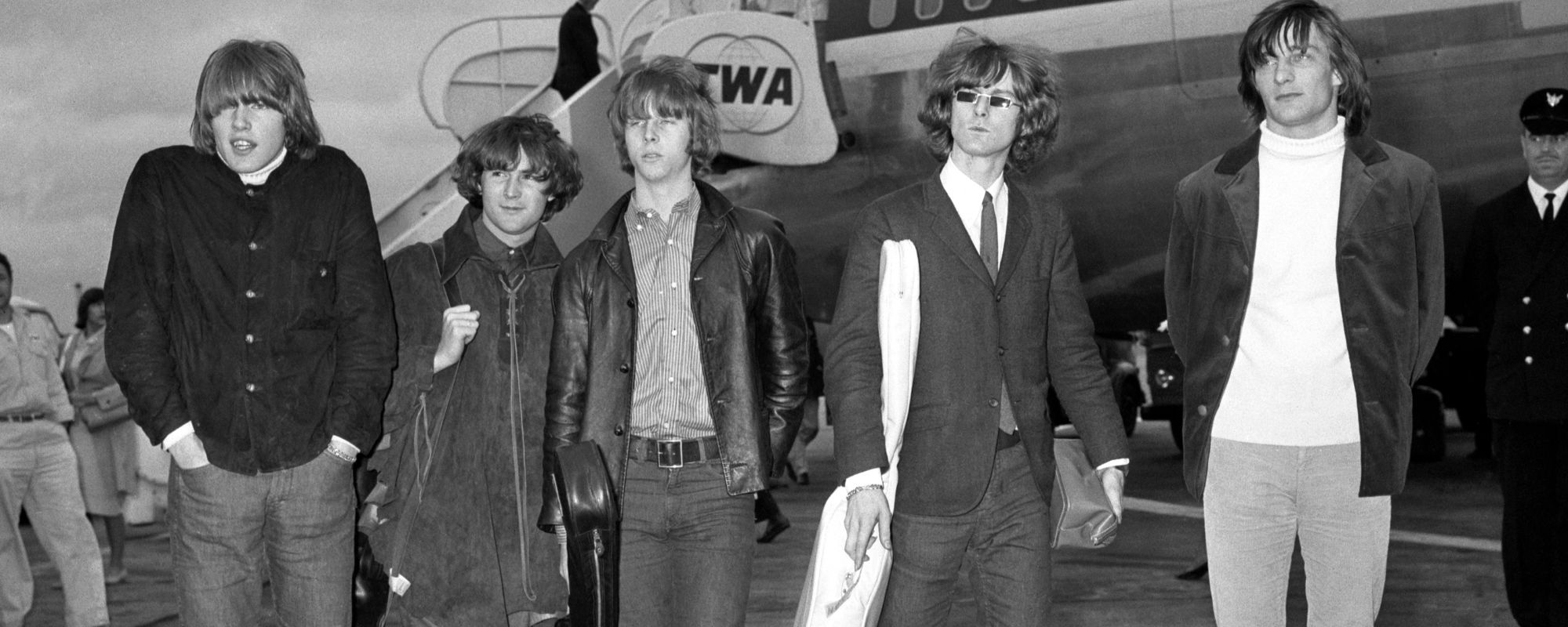When Glen Campbell first heard Jimmy Webb’s rough demo for “Wichita Lineman,” he knew he had a hit on his hands. The country singer related to the song on a deep geographical level, having spent his childhood in the flat plains of southwestern Arkansas not unsimilar to the sprawling expanse of Kansas he sings about in his 1968 hit song.
Videos by American Songwriter
While Campbell certainly enjoyed the commercial success that came with the release of “Wichita Lineman,” it didn’t take the musician long to pick up on an inaccurate description the general public was using to categorize his song.
Glen Campbell Refutes “Wichita Lineman” Reputation
Artists and their genres go hand in hand. Even if a musician releases a song that doesn’t traditionally fit the confines of their associated style, this connection is typically strong enough to lead to the public classifying the song as whatever genre is closest to the artist. Glen Campbell learned that industry standard in real time after releasing “Wichita Lineman” in 1968. “It’s not really a country song, although a lot of people think of it as such,” Campbell explained in a 1969 interview with Melody Maker.
“Its chord progression is different,” he continued. “It’s certainly not a country progression.” And indeed, he was right. The arrangement is full of major sevenths and suspended fourths that give the song a dreamy, lush atmosphere that almost seems to mimic the heat shining off the flatlands of rural Kansas. As American Songwriter’s Allen Morrison described it, “The song never does get ‘home’ to the tonic [chord of the key]. This gorgeous musical setting suggests subliminally what the lyric suggests poetically: the lonely journeyman, who remains suspended atop that telephone pole, against that desolate prairie landscape, yearning for home.”
Even those unfamiliar with country music of the late 1960s would be able to pick up on the notable differences between the standard fare of the genre and Campbell’s melancholic love song. The backing track, performed by the iconic Wrecking Crew, elevated the song far beyond what was popular among the top country hits of the day. To classify it as “four chords and the truth” would be underselling the song’s chord progression by at least a handful of ear-catching turnarounds.
A Series Of Geographically Inspired Songs
As the old adage goes, if it ain’t broke, don’t fix it, and that was Glen Campbell’s M.O. when looking for a musical follow-up to his 1967 single, “By the Time I Get to Phoenix.” The song was a tremendous success for Campbell, climbing to the top of the charts and garnering him two awards at the 10th Annual Grammys. Eager to capitalize on its success, Campbell called songwriter Jimmy Webb to ask for another geographically inspired song. Webb, who was traveling through Oklahoma at the time, was inspired by the linemen he saw working atop the telephone poles lining the sides of the rural highways.
After “Wichita Lineman” took off, Campbell continued his trend with another of Webb’s place-based tracks, “Galveston.” All three geographically inspired songs would become career-defining tracks for Campbell, proving that even a region-specific song can transcend physical location if the track is good enough. (And fortunately for Campbell, they all were.)
Photo by ITV/Shutterstock












Leave a Reply
Only members can comment. Become a member. Already a member? Log in.